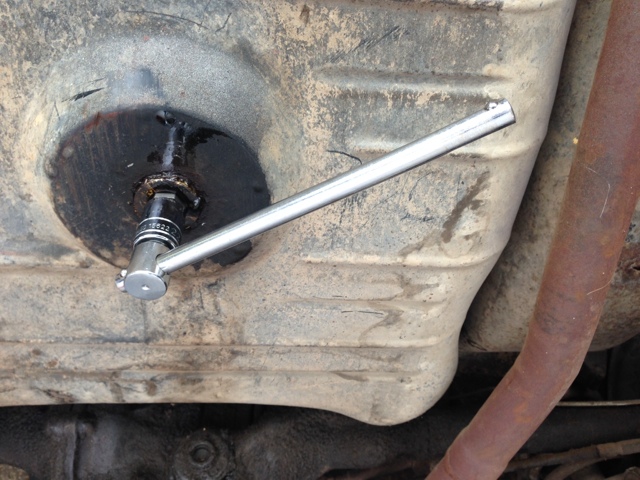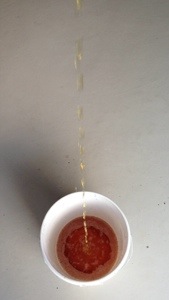A statement of frustration blurted by my Father when attempting a household repair. I think his meager tool box consisted of pliers, crescent wrench, hammer, pipe wrench and a couple of screwdrivers and bailing wire; so, when the odd DIY task such as connecting the new dishwasher came along his kit was lacking. The lament always signaled impending defeat and preceded the interruptive trip to the hardware store.
Flash forward. I have a rather massive 14mm Allen Wrench used to remove the hex pattern oil fill/drain plugs on my vintage car. This tool allows me to service fluid level on both the transmission and differential. Almost. It turns out that this trusty wrench is too bulky to access the fill plug on the rear axle.  The tool won’t physically fit between the plug and the adjacent gas tank. Consternation follows. What was the method to pull this plug? What tool did I use before and where is it now? Had I ever actually serviced this item? My rolling chest of drawers, while hardly complete, is still a far cry from the random assortment in my Dad’s day. Still, after rummaging through, I realized that I didn’t own the proper tool; a short straight hex key on a 3/8″ socket.
The tool won’t physically fit between the plug and the adjacent gas tank. Consternation follows. What was the method to pull this plug? What tool did I use before and where is it now? Had I ever actually serviced this item? My rolling chest of drawers, while hardly complete, is still a far cry from the random assortment in my Dad’s day. Still, after rummaging through, I realized that I didn’t own the proper tool; a short straight hex key on a 3/8″ socket.
Instead of halting the operation, getting cleaned up, and driving to the Auto Parts House (the proper thing) but in grand gesture toward Dad’s way — I improvised.
Staring thoughtfully at the internal hex pattern in the plug it occurred to me that a hex head bolt (male) might just be the ticket.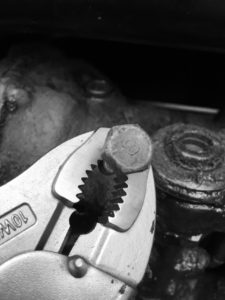 14mm is nearly equivalent to .5″ and my salvaged supply of old bolts might offer a match. I eyeballed a handful of candidates and then began to measure in a more precise way with Calipers. A lag bolt with head measuring .56″ was too great a span, another sample, inadequate. I didn’t want to louse up the female end of the plug. A bolt head that was too small would surely strip it.
14mm is nearly equivalent to .5″ and my salvaged supply of old bolts might offer a match. I eyeballed a handful of candidates and then began to measure in a more precise way with Calipers. A lag bolt with head measuring .56″ was too great a span, another sample, inadequate. I didn’t want to louse up the female end of the plug. A bolt head that was too small would surely strip it.
An old carriage bolt turned up as suitable and with vice-grips pliers for leverage I was able to cleanly extract the unmanageable plug.
Exasperation avoided and a run to the store annoyance averted, when next surfing Amazon I will order: “The Right Tool”
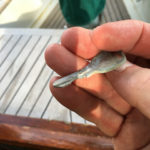

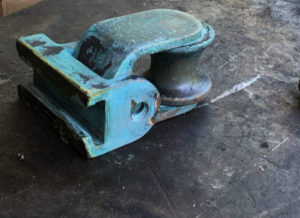
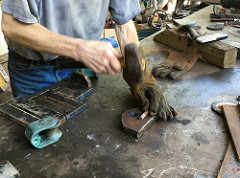

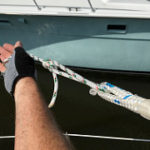
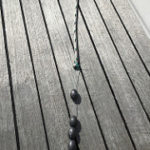
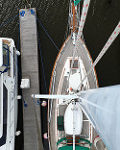
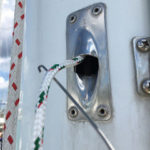


![Image [2]](http://blog-strombotne.s3.amazonaws.com/wp-content/uploads/Image-2.png)
![Image [3]](http://blog-strombotne.s3.amazonaws.com/wp-content/uploads/Image-3.png)
![Image [4]](http://blog-strombotne.s3.amazonaws.com/wp-content/uploads/Image-4.png)
![Image [5]](http://blog-strombotne.s3.amazonaws.com/wp-content/uploads/Image-5.png)
![Image [6]](http://blog-strombotne.s3.amazonaws.com/wp-content/uploads/Image-6.png)


